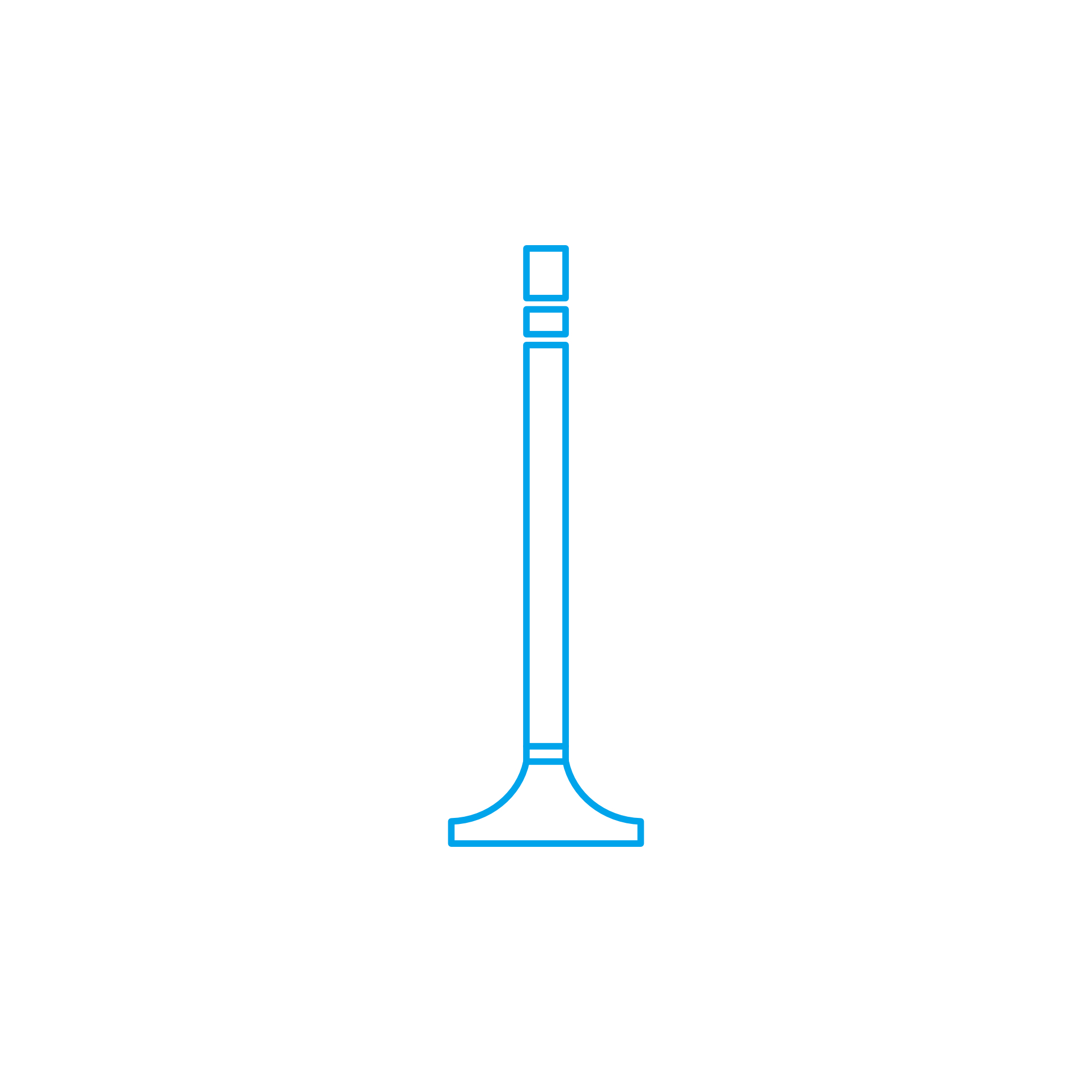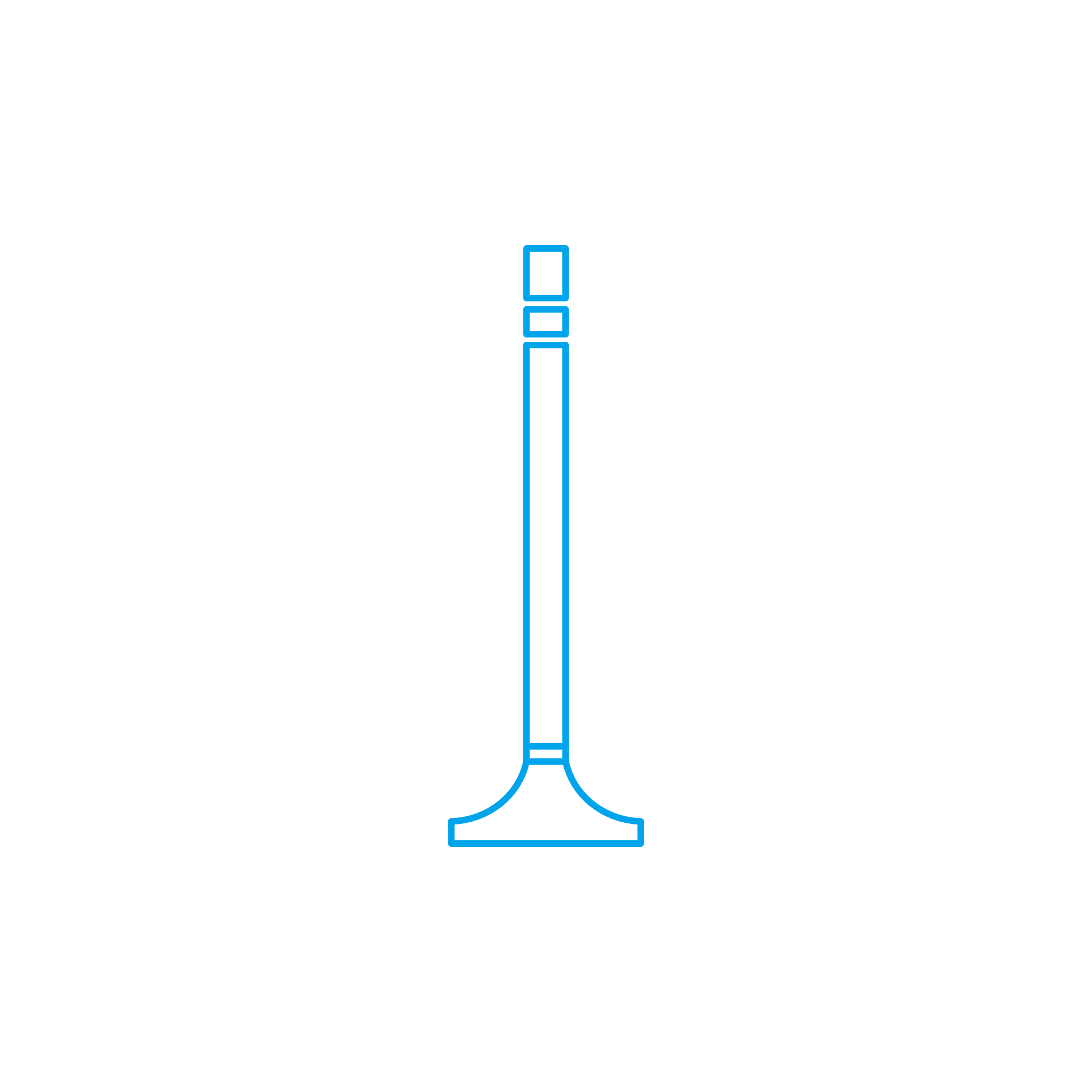SOLENOID VALVE Valves for diesel and marine engines
Valves are precision components that control the flow of liquids and gases throughout an engine and its auxiliary systems. In heavy-duty diesel and gas engines—whether onboard a vessel or in a power plant—valves meter fuel, route lubricating oil, regulate jacket-water temperature, manage starting air, and perform rapid safety shut-off functions. As part of this category, a SOLENOID VALVE adds electrical actuation for fast, repeatable switching, turning control signals into reliable mechanical movement. Together, these devices are central to stable operation, clean combustion, and safe shutdown procedures.
Because modern engines depend on accurate fluid control, Valves affect everything from cold starts and load changes to emissions and component wear. The right specification—pressure class, materials, seal chemistry, flow coefficient—ensures that the valve performs consistently under vibration, temperature cycling, and contaminated media. For shipowners and technical purchasers, well-chosen Valves reduce lifecycle cost by minimizing downtime and preventing secondary damage.
Technical function of Valves and the role of a SOLENOID VALVE in a diesel engine
Valves in an engine environment perform two primary tasks: modulating flow and executing on/off isolation. Mechanical valves (e.g., pressure relief, thermostatic, non-return) work passively, while an electrically actuated SOLENOID VALVE delivers rapid, remote-controlled switching. When energized, the solenoid coil creates a magnetic field that lifts a plunger or pilots a diaphragm, opening or closing the orifice. Direct-acting designs suit small orifices and low flow; pilot-operated designs handle higher flow and differential pressures. Configurations include 2/2-way normally closed or open, and 3/2-way for actuator control.
In a marine engine, SOLENOID VALVE assemblies manage fuel shut-off at the engine inlet, actuate quick-closing devices, route purge air, and control starting-air distributors. On a diesel engine, they trigger emergency stops, bypass lube-oil coolers, and operate hydraulic actuators. In emission-critical systems, they regulate EGR, urea dosing, or crankcase ventilation circuits. Electrically, they interface with the engine control unit, receiving 12/24 VDC or 110/230 VAC signals and responding in milliseconds—crucial for safety interlocks and load-step stability. Specifying the correct valve body (brass, stainless steel, duplex), seal (NBR, FKM, EPDM, FFKM), and ingress protection (e.g., IP65–IP67 coil encapsulation) protects performance in salt-laden, high-temperature spaces.
Key characteristics and advantages of Valves
· Fast actuation; stable response time under load changes.
· Accurate flow control via defined Cv and orifice sizes.
· Materials matched to media: fuel, lube oil, glycol, seawater, air.
· High-pressure ratings; suitable for starting-air and fuel circuits.
· Electrical options: 12/24 VDC and 110/230 VAC coils.
· Normally closed fail-safe behavior for safety-critical lines.
· Resistant to vibration and temperature cycling in engine rooms.
· Serviceable designs with accessible seats, springs, and coils.
· Compliance with engine builder specs and common marine standards.
· Options for ATEX/IECEx zones where required by the installation.
Why Valves are critical for reliable engine operation
Valves directly influence engine reliability and efficiency. A sticking fuel shut-off SOLENOID VALVE can delay starts or, worse, prevent emergency stops. A leaking seat in a cooling-water valve undermines temperature control, driving thermal stress and liner wear. Erosion or cavitation in high-differential-pressure service reduces flow authority, causing unstable governor behavior and higher specific fuel consumption. Coil burnout leads to loss of actuation; contaminated media can score plungers and seats, producing chronic leakage and unplanned downtime.
In marine service, where redundancy is essential, a correctly specified and maintained valve protects against fuel spills, overheating, turbocharger fouling, and lube starvation. Keeping Valves within tolerance preserves injector timing, maintains stable cylinder temperatures, and supports emissions compliance throughout the service interval. For decision-makers, precision Valves protect the engine’s core assets—cylinders, bearings, and turbochargers—by keeping pressures, temperatures, and flows within designed windows.
Advantages of OEM spare parts suitable for Valves
Using OEM spare parts suitable for Valves ensures that dimensions, materials, and flow characteristics match the engine builder’s specification. A SOLENOID VALVE OEM parts kit—comprising coil, armature tube, seals, and spring—restores designed response time and holding force, preventing nuisance trips or incomplete closure. Correct elastomer compounds resist the specific media and temperature, avoiding swelling, embrittlement, or chemical attack. Precisely machined seats and guides reduce hysteresis, maintaining repeatable actuation thresholds.
Beyond performance, OEM spare parts protect your budget by reducing trial-and-error fitment, avoiding rework, and shortening downtime. Drop-in compatibility with existing control logic preserves interlock timings and safety margins. Traceable materials, documented pressure/temperature ratings, and consistent coil wattage keep your engine compliant with class and yard documentation requirements. Over the lifecycle, this translates into longer maintenance intervals, predictable inventory planning, and fewer unplanned stops.
MOPA as your partner for OEM parts Valves and SOLENOID VALVE supply
MOPA supplies OEM spare parts suitable for Valves across leading diesel and gas engine platforms. Purchasers and superintendents rely on our speed, quality, and trade security—from rapid quotation and stock checks to careful packing and global dispatch. We provide clear documentation, serial traceability, and technical cross-references so you receive the exact SOLENOID VALVE OEM parts needed for your application. Our team understands marine engine environments and helps you match pressure class, media compatibility, coil voltage, and connector type to your installation.
With MOPA, you benefit from short lead times, dependable sourcing, and professional handling. Whether you need fuel shut-off solenoids, starting-air valves, coolant bypass valves, or lube-oil control valves, we streamline procurement and support safe, efficient operation of diesel and gas engines worldwide.
Typical SOLENOID VALVE applications we support
Fuel inlet quick-closing systems, booster module bypass, EGR control, starting-air distribution, purge air lines, hydraulic actuator pilot circuits, urea dosing, and safety shutdown functions in both marine engine rooms and power-generation layouts.
Conclusion
Valves are mission-critical components that regulate every vital medium in an engine. Specifying and maintaining the correct SOLENOID VALVE assemblies keeps marine and diesel engines efficient, safe, and responsive. With OEM spare parts suitable for Valves and the support of MOPA, operators secure consistent performance, lower lifecycle cost, and dependable uptime.




